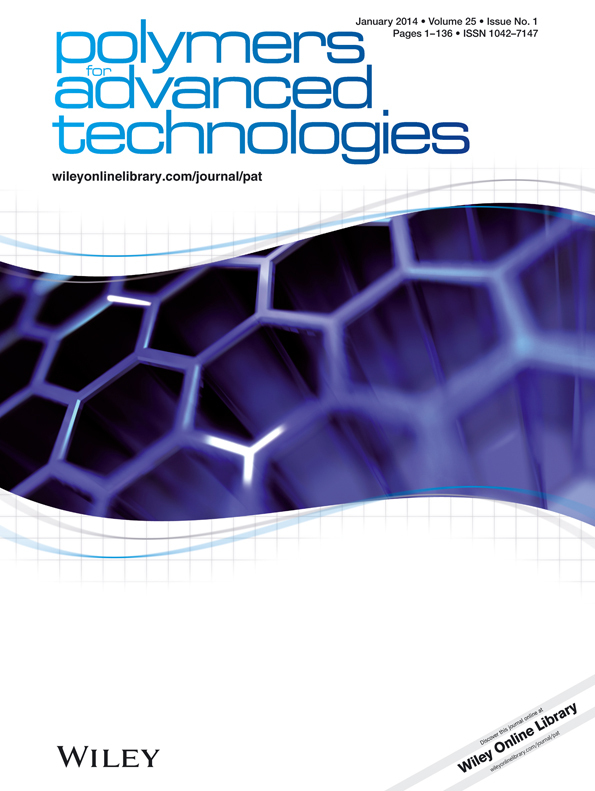Utilization of PVPA and its effect on the material properties and biocompatibility of PVA electrospun membrane
Abstract
This study aims to investigate on the effect of the addition of polyvinylphosphonic acid (PVPA) on the material properties and biocompatibility of a polyvinyl alcohol (PVA) polymer tissue engineering scaffold fabricated by electrospinning process. Stabilization of the membranes was carried out by heat application. Fourier transform infrared spectroscopy confirmed the presence of PO bonds and P–OH bonds and increase in the atomic percentage of phosphorus in Energy Dispersive Spectroscopy (EDS) indicated successful incorporation of PVPA to the PVA. Scanning electron microscope fiber morphology and microstructure showed that addition of PVPA reduced the average fiber diameter of the scaffold. After 1 hr of phosphate buffered saline immersion, scaffolds were observed to swell to almost 200% of their original weight. Increased tensile strength was observed at 0.1% PVPA addition but reduced values were observed when the concentration was greater than 0.1%. Cytocompatibility was examined with M3CT3-E1 preosteoblast cells through cell viability after exposure to extract solutions and Live/Dead cell staining. Cell proliferation was quantified by MTT assay; cell adhesion was visualized by scanning electron microscope and confocal microscopy images. Bone regeneration was also observed and quantified using histomorphometric analysis and histological staining methods after implantation in rat calvarium for 4 weeks. Copyright © 2013 John Wiley & Sons, Ltd.




